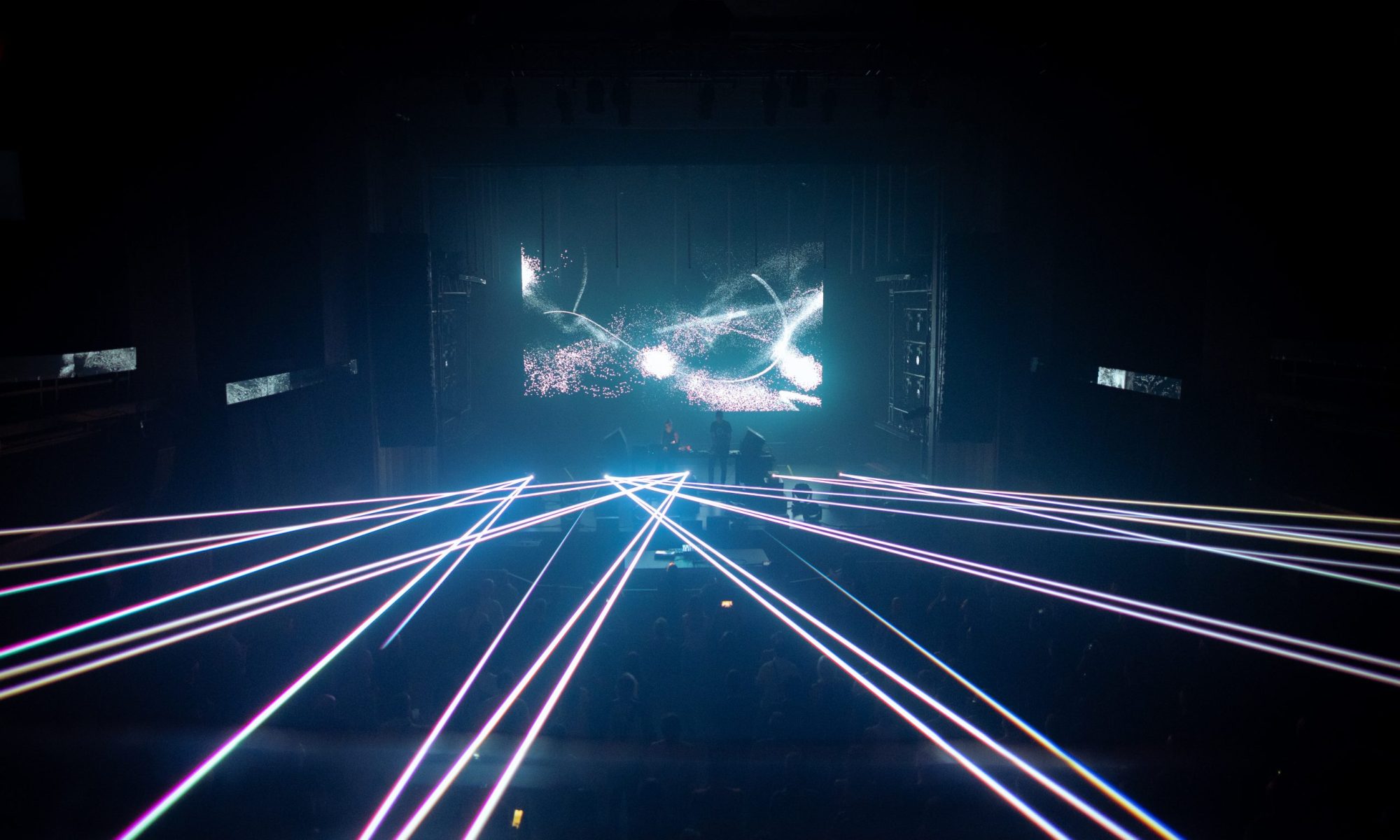France Jobin
The Illusion Of Infinitesimal
FRANCE BASKARU KARU:27 CD (2014)
Je suis prêt à soutenir, aussi paradoxal que cela puisse sembler, que cet album, ou plutôt sa musique, cette expression du fragile aux portes de la perception, cette expérience intime du minimalisme formel et tonal, entretient un rapport serré avec le langage. Je pourrais ne prendre à témoin que la suite numérique qu’offre la liste des trois morceaux : -1/2, 0 et +1. Mais c’est d’autre chose qu’il s’agit. Lorsqu’il est question d’exprimer un sentiment délicat, il arrive que la parole défaille, se fragilise, proche de chuter ou de disparaître. Il convient d’accorder alors son discours à son esprit et plus encore aux rythmes de son corps. Plonger ainsi en soi requiert le don de la microscopie et de la lente navigation. C’est ainsi que vogue France Jobin sur la musique qui est un calme miroitement, sur une surface faiblement fluctuante, soumise à la brise la plus faible. Pourtant, sous l’effet d’un tropisme lunaire, le flux et le jusant guident le retour incessant du motif que l’on ne songe même pas à qualifier de répétitif tant il semble appartenir à la séquence naturelle, bien plus qu’à l’artifice de l’homme. Ce fredonnement de lumière s’éloigne comme le jour au crépuscule, mais, ainsi qu’au pôle pendant certaine période, la nuit ne tombera pas, laissant le couchant s’éterniser. Mer et ciel se fondent en un harmonique unique, un filin légèrement vibrant, une quasi-monochromie. Avec ses fuselages bleutés, ce minimalisme évoque les beaux sons des frères Voigt, Gas et Sturm, sans le rythme. C’est une musique qui laisse au regard, à l’oreille, le soin de la compléter, car elle s’exile aux abords du perceptible sans délaisser la vague mais en la filtrant, sans sacrifier sa densité mais son volume.
On nous prévient d’ailleurs, sur la présentation que le label offre à ce disque, que le volume d’écoute, mais aussi sa modalité (écouteurs ou haut-parleurs) conditionneront l’approche et la réception de la musique, que de nouvelles formes, de nouvelles structures se dévoileront selon le contexte. Je me suis cantonné à un volume toujours assez faible, mais la double expérience des enceintes et des écouteurs offre effectivement des paysages, non différents, mais un panorama infime bénéficiant d’un éclairage, d’une hygrométrie, d’une attention au relief qui varient ainsi sensiblement. Il me semble également qu’avec le casque les épiphanies d’harmoniques s’exacerbent, alors que les enceintes offrent un empan plus large. Pareillement, le casque permet un rendu quasi tactile des minuscules effondrements qui traversent de loin en loin la vague lumineuse, retrouvant alors le panorama car dénonçant telle la vigie la rotondité de l’horizon.
Le langage, lui aussi, ne permet-il pas diverses interprétations selon, que sais-je, l’heure, le temps, la fatigue, l’humeur, la connaissance du lieu, le rappel à un contexte antérieur, le ton… Je parle avant tout d’un langage murmuré, proche du secret que seul peut révéler complètement le retour au non-langage, et l’on sait ce que cela implique. Alors, pour s’approcher, rôdant dans ce domaine flou où les perceptions sont toujours sur le point de trahir, on s’accorde aux respirations, aux teintes changeantes, au frisson sur la peau, à la musique.








